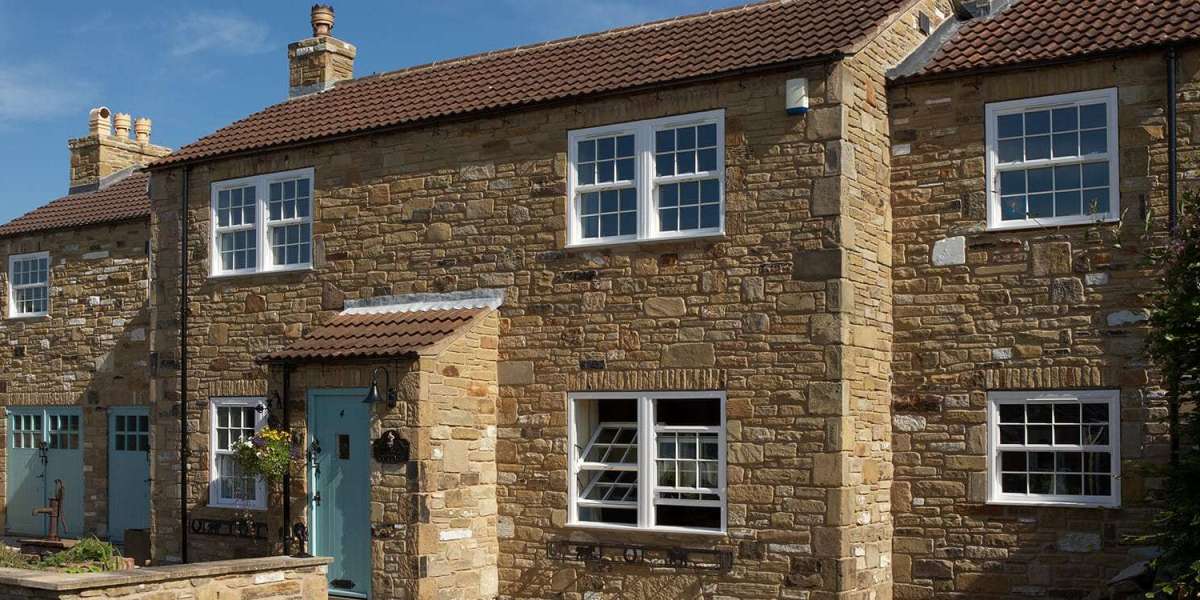
Installing windows is a crucial aspect of home improvement that can enhance energy efficiency, aesthetics, and overall comfort. Whether you're replacing old windows or installing new ones, understanding the process can help ensure a successful installation. This guide will cover the essential steps, tools, and considerations for window installation, making it accessible for both DIY enthusiasts and those looking to hire professionals.
Understanding Window Types
Before diving into installation, it’s important to understand the different types of windows available. Common types include:
- Double-Hung Windows: These windows have two sashes that slide vertically. They are popular for their ease of cleaning and ventilation options.
- Casement Windows: Hinged on one side, these windows open outward, providing excellent ventilation and unobstructed views.
- Sliding Windows: These windows slide horizontally and are ideal for wide openings where ventilation is needed.
- Awning Windows: Hinged at the top, these windows open outward and are great for rainy climates as they can be left open without letting rain in.
- Bay and Bow Windows: These are combinations of multiple windows that extend outward from the home, creating a beautiful focal point and additional space.
Tools and Materials Needed
Before starting the installation, gather the necessary tools and materials, which typically include:
- Tools:
- Level
- Screwdriver (flat and Phillips)
- Hammer
- Utility knife
- Pry bar
- Caulk gun
- Safety glasses
- Gloves
- Drill and drill bits
- Materials:
- Shims
- Insulation (foam or fiberglass)
- Caulk
- Flashing tape
- Wood or vinyl trim (if needed)
Preparing for Installation
- Measure the Opening: Accurate measurements are crucial for a successful window installation. Measure the width and height of the existing window frame. Ensure to measure at three points (top, middle, bottom for width and left, center, right for height) to account for any irregularities.
- Choose the Right Window: Select windows that fit your measurements and match your home’s style. Consider energy-efficient options that meet energy codes in your area.
- Remove the Old Window: If you are replacing an existing window, carefully remove it. Start by removing any trim or casing around the window. Use a pry bar to detach the window from the frame, being cautious not to damage the surrounding structure.
Installing the New Window
- Prepare the Opening: Clean the window opening to remove any debris, old caulk, or insulation. Check for any damage to the frame and repair as necessary.
- Apply Flashing Tape: To prevent water infiltration, apply flashing tape to the bottom of the window opening. Make sure it extends up the sides to create a waterproof barrier.
- Position the Window: Place the new window into the opening from the outside. Ensure it is centered and https://psbios.com/window-replacement-in-watford-balancing-aesthetics-and-efficiency level. Use shims to adjust the height and position as needed.
- Secure the Window: Once the window is level and plumb, secure it by driving screws through the frame into the wall studs. Follow the manufacturer’s instructions for specific fastening points.
- Insulate Around the Window: Fill any gaps between the window frame and the wall with insulation. This will help to improve energy efficiency and reduce drafts.
- Seal the Window: Apply a bead of caulk around the exterior edges of the window to seal it against moisture. Make sure to smooth the caulk for a clean finish.
Finishing Touches
- Install Trim and Casing: If you removed any trim during the removal process, you would need to reinstall or replace it. Use wood or vinyl trim to cover any gaps and give the window a finished look.
- Paint or Stain: If your trim requires painting or staining, now is the time to do it. Choose a color that complements your home’s interior and exterior.
- Clean Up: Remove any debris from the installation process. Clean the glass and surrounding areas to ensure a polished appearance.
Post-Installation Considerations
After installation, it's important to ensure that your new windows function correctly. Check for smooth operation of opening and closing mechanisms. Inspect the seals and caulking for any gaps or imperfections.
Maintenance Tips
To keep your windows in great condition, consider the following maintenance tips:

- Regular Cleaning: Clean the glass with a mild detergent and water. Avoid harsh chemicals that can damage the seals.
- Inspect Seals: Regularly check the seals for any signs of wear or damage. Reseal as necessary to maintain energy efficiency.
- Lubricate Hardware: If your windows have moving parts, lubricate them periodically to ensure smooth operation.
When to Hire a Professional
While DIY installation can be rewarding, there are instances when hiring a professional is advisable. If the window installation involves complex structural changes, if you are unsure about your skills, or if you are dealing with large or heavy windows, it may be best to consult a professional installer.
Conclusion
Window installation is a significant home improvement project that can enhance energy efficiency and aesthetics. By understanding the types of windows available, preparing adequately, and following the proper installation steps, homeowners can achieve a successful installation. Whether you choose to tackle the project yourself or hire a professional, investing in quality windows will pay off in comfort and energy savings for years to come. Remember to maintain your windows regularly to ensure their longevity and performance.






